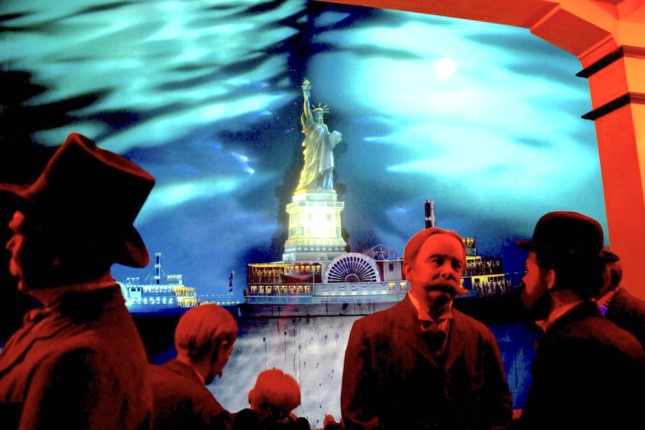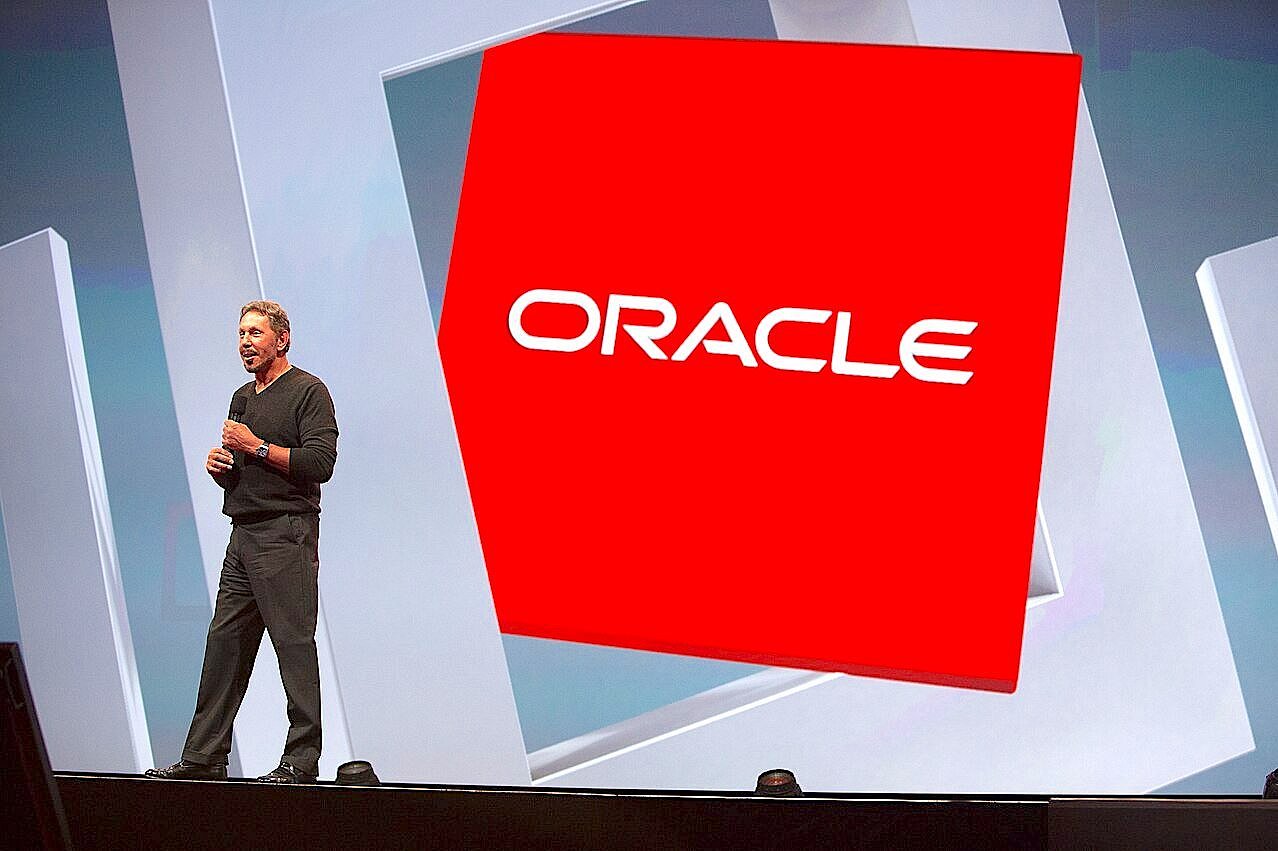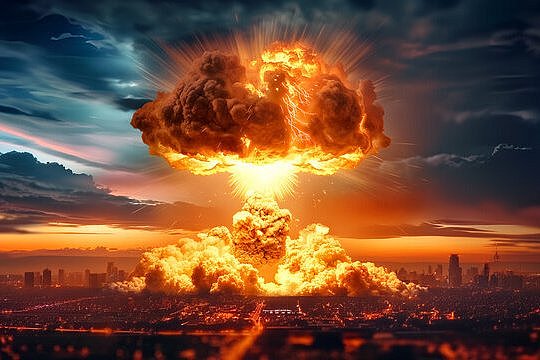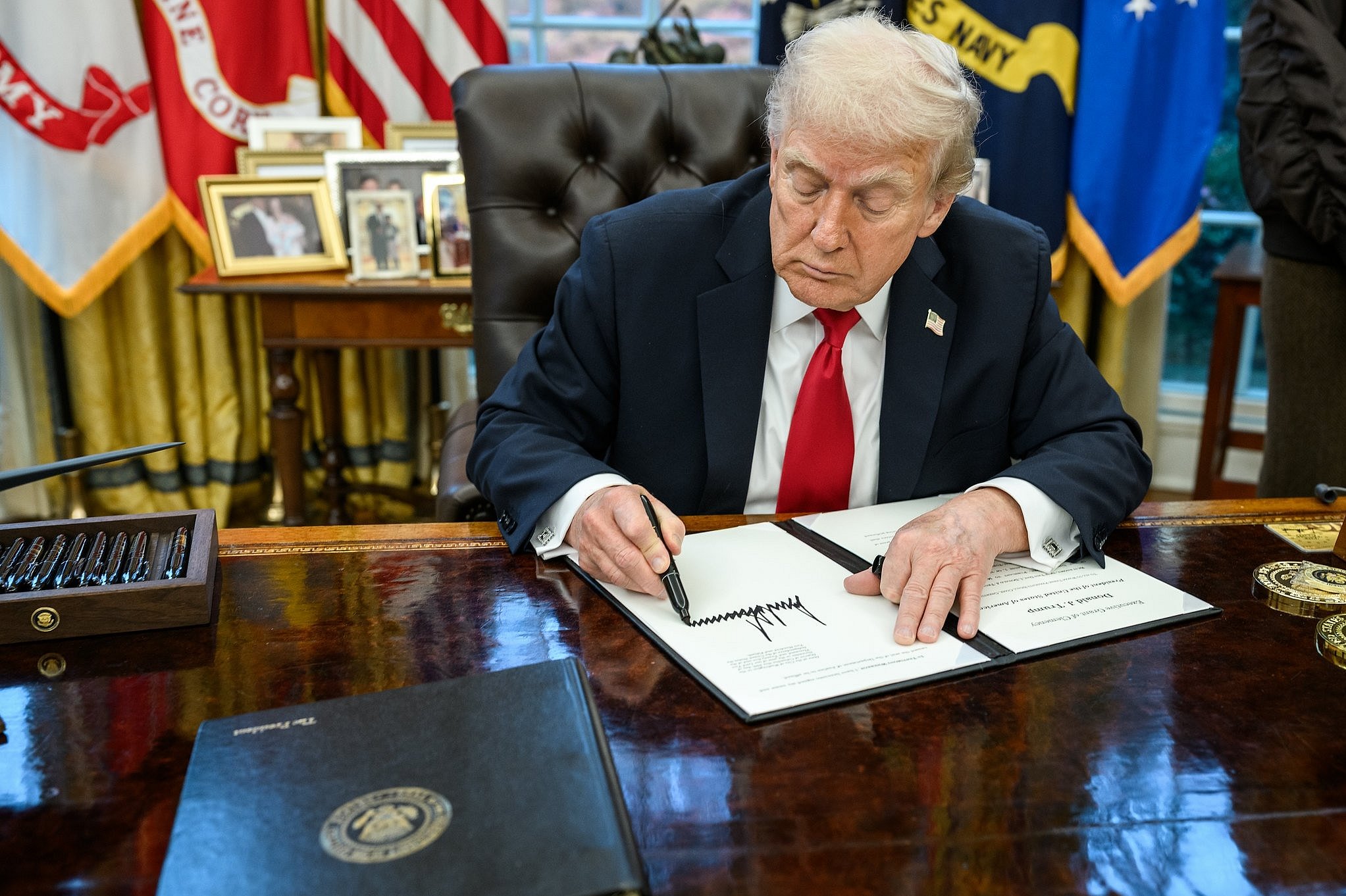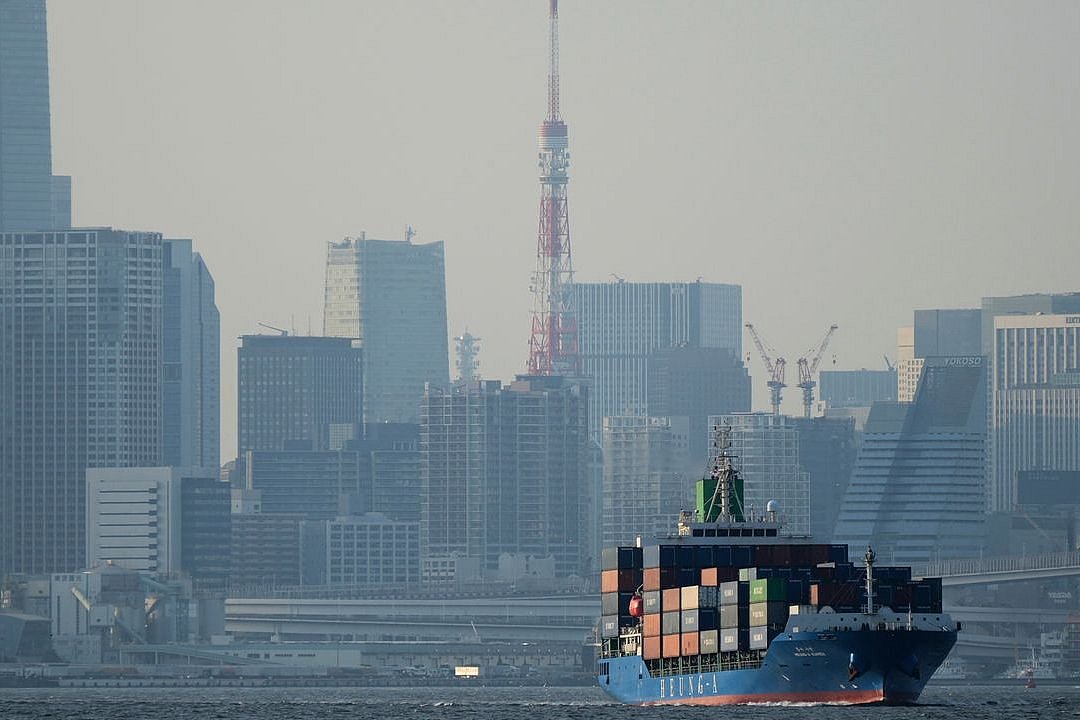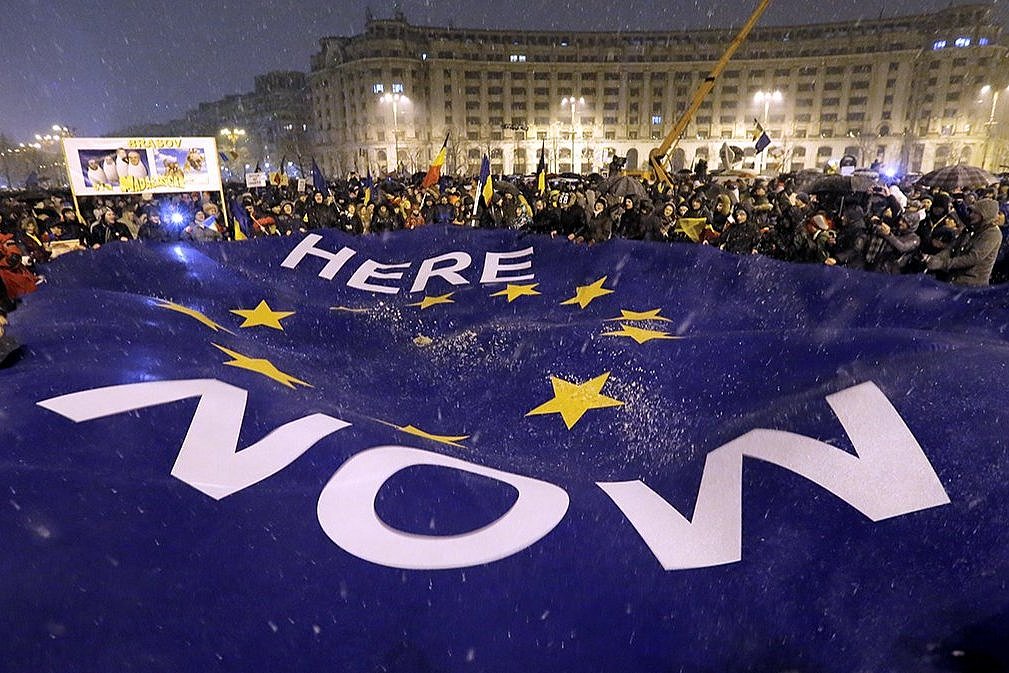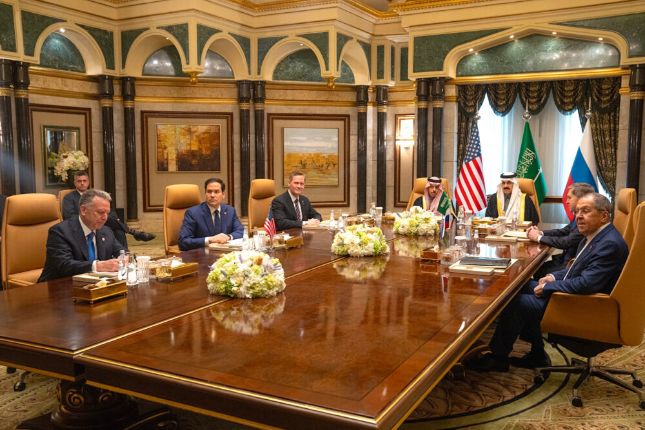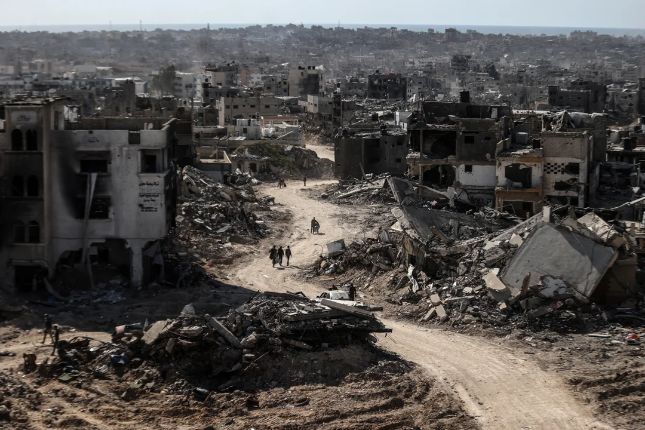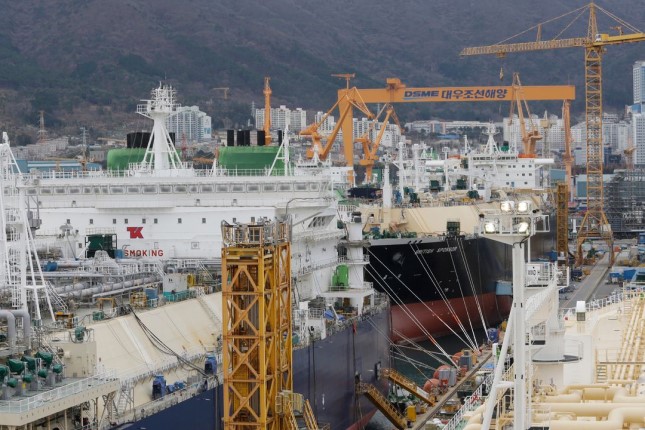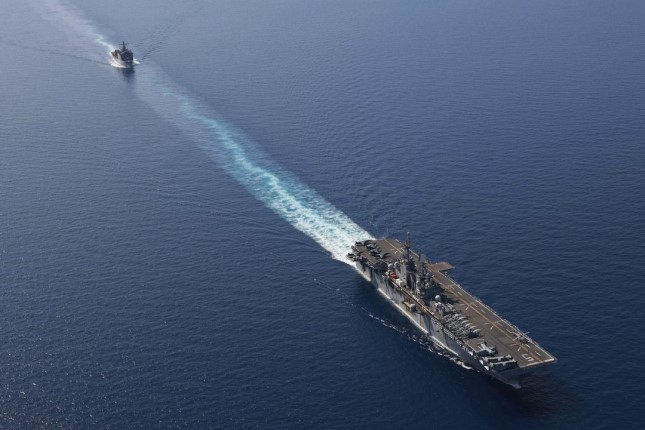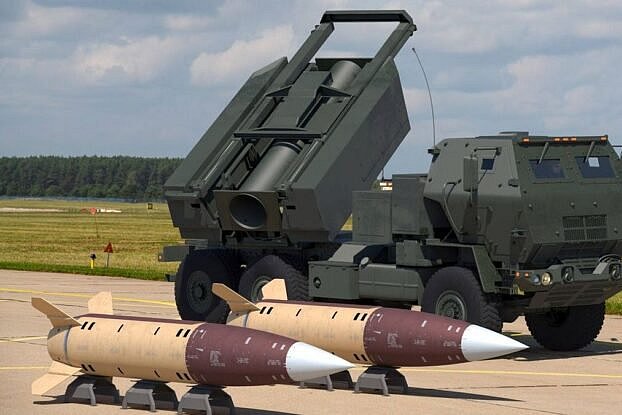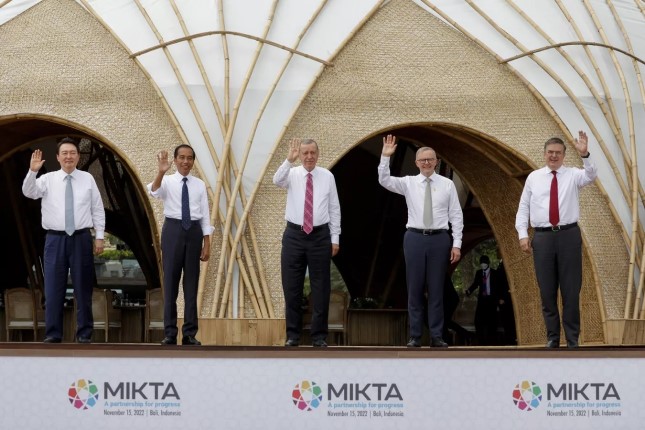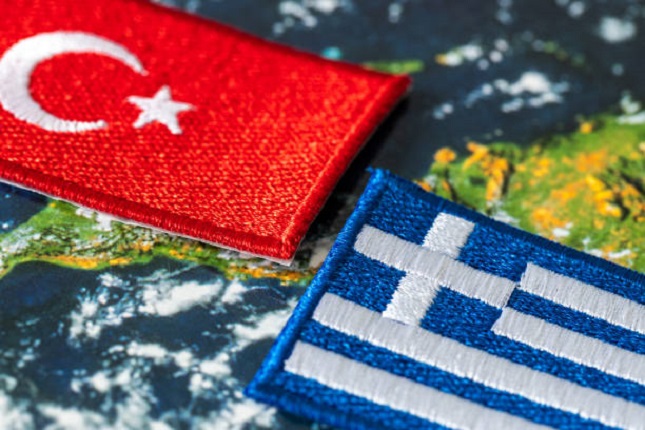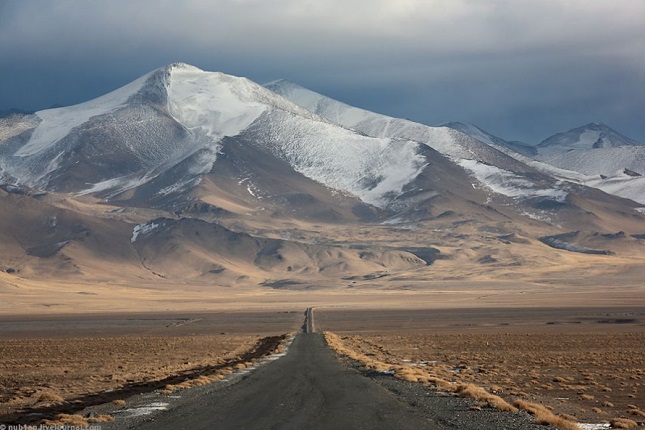It is many years now since the French, bless them, revolted as Disneyland Paris arose near the previously uninvaded village of Marne-la–Vallée–Chessy.
Soon enough came the Disney Hôtel New York, the Disney Hôtel Santa Fe, the Disney Hôtel Cheyenne, the Disney Newport Club, the Disney Sequoia Lodge, Disney Village, Parc Disneyland, Parc Walt Disney Studios. Let us not omit Star Wars Hypersonic Mountain among these monuments to the Americanization of Europe.
Blocking imports of American “culture,” and we need the quotation marks, is among the world’s more quixotic undertakings, given the failure rate. But losing the battle against the infantilization of European sensibilities seems the least of the Continent’s worries at this point.
The irrational Russophobia, the proxy war in Ukraine, the disruption of the Continent’s natural place as Eurasia’s western flank, the conjured-from-nothing “threat” of Russian expansionism, support of Israel’s siege of Gaza: These are U.S. imports, too, and Europe finds itself in crisis in consequence of them.
Who are we, Europeans now ask in one or another way. What have we made of ourselves? Are we always to be America’s obedient underlings, taking all orders and refusing none? What has become of us in the 21st century?
European social democracy in its various forms has been vulnerable to the attacks of market fundamentalists and neoconservative ideologues for many years. Now the apostles of “savage capitalism,” as its Latin American casualties call it, and their warmongering siblings begin, this time in the name of Cold War II, what appears to be their final assault.
Europe has vacillated between two contradictory impulses — asserting its sovereignty and succumbing to an undignified dependence on American power — since the mid–Cold War years. Charles De Gaulle was the last European leader to stand with conviction for the Continent’s independence and autonomy.
But Gaullism is no more than a faint and far-off light around Europe today. I reluctantly conclude that, in the moment of truth now upon it, the Continent will make the unwise choice, a self-condemnation that could endure for decades to come.
A long-evident divide between Europeans and those who purport to lead them now widens. The former defend what remains of the socially advanced state erected across the Continent during the first postwar decades.
The latter are poised to tear it down to import a version of America’s military-industrial complex precisely as The Walt Disney Company brought Sleeping Beauty’s Castle to the French capital’s outskirts.

Sleeping Beauty Castle, Disneyland Paris. Photo: Eugene Phoen / Flickr / CC BY-NC-ND 2.0.
“Europe’s leaders have woken up to hard power” is the headline atop a commentary Janan Ganesh, a Financial Times columnist, published on this topic last week. “To militarize as much as it needs to,” he wrote, “Europe needs its citizens to bear higher taxes or a smaller welfare state.”
This is bitterly succinct. Europe’s leaders and the media that serve them are in the process of normalizing the “need” to turn Europe into a warrior state in the American image — suffused with animus and paranoia, beset with “threats,” never at ease as the social fabric deteriorates.
Identity Crisis
An acute identity crisis — and this is at bottom Europe’s present disorder — has been rolling the Continent’s way like a big, black bowling ball since, I would say, the U.S. began to realize that Vladimir Putin was other than his pliant predecessor as Russia’s president. It has been ever more obvious lately, as I noted in this space a year ago.
“Howitzers instead of hospitals” is how The New York Times put the case at the time. Again, it is dismally on the mark.
There are various reasons the choice Europe faces has since grown yet starker.
One, the Ukraine war is lost and America’s enthusiasm for the Kiev regime has plainly weakened. This leaves Europe to manage the mess on its doorstep while the U.S. can, as is its habit, “move on.”
Hence the European Union’s commitment two months ago to provide Ukraine with €50 billion in “reliable and predictable financial support” over the next four years.
Two, Donald Trump has reignited talk of either a North Atlantic Treaty Organization without the U.S. or the disintegration of NATO. The first of these is a logical impossibility: Is NATO anything more than Washington’s instrument for projecting power across the Atlantic?
And the pleasing thought of life without NATO is, very regrettably, nowhere near even a medium-term possibility. The whither–NATO conversation has nonetheless prompted European leaders to think, or appear to think.
Emmanuel Macron is not stepping back from his assertion last month that Europe must be prepared to send ground troops to the Ukrainian front — this despite vigorous objections to the French president’s position.
Macron, who nurses a de Gaulle complex, purports to favor a more independent Europe when he says such things, and there are those who buy into it. “If we want to be peacekeepers in the world,” Antonio Tajani, Italy’s foreign minister, said in an interview with La Stampa a couple of months ago, “we need a European military.”
I find this sort of thinking altogether facile. Josep Borrell, the E.U.’s usefully forthright foreign policy chief, went straight at the reality when he outlined “the four main tasks on E.U.’s geopolitical agenda” in his speech to the Munich Security Conference two months ago.
The second of these was, yes, “strengthening our defense and security.” The fourth was “sustaining these efforts in cooperation with key partners, and in particular the U.S.”
I thought Borrell was impossibly paradoxical when I first read his remarks in External Action, an online E.U. publication. On reflection, he seems simply a man of forthrightly stated realpolitik: Europe can arm itself all it wants; its current leaders will keep it a dependent adjunct of the U.S. imperium.

Battery of THADD, or terminal high altitude area defense, to intercept ballistic missiles, at U.S. naval facility in Deveselu, Romania, June 2019. Photo: NATO.
It is not difficult to detect among Europeans their restive dissatisfaction with the direction Europe’s leaders are choosing. You find among them a fundamental desire to reject all Cold War-like animosities and live plainly and simply as Europeans.
Polls indicate that large proportions of those surveyed do not trust the U.S. These polls also record a similar distrust of “Putin,” but this reflects the power of the relentless propaganda in major European media as they incessantly demonize the Russian president, as there is considerable acceptance of Europe’s position as the western flank of the Eurasian landmass and the interdependence with Russia this implies.
Zeit–Fragen, a German-language journal published here (and in French and English as Horizons et débats and Current Concerns), recently quoted Egon Bahr, a former German minister and a key figure in the design of the Federal Republic’s Ostpolitik, on this topic.
“Our self-determination stands alongside and not against America,” Bahr said. “[But] we cannot give up Russia because America doesn’t like it.”
Bahr spoke at the German–Russian Forum in Berlin six years ago. As Zeit–Fragen’s editors make clear, the speech still resonates because the majority of Germans — and considerable proportions of other Europeans — strongly favor a return to the rapprochement with Russia the U.S. has more or less required Europeans to abandon.
“Who thinks voters will prioritize rearmament?” Janan Ganesh asked in his FT column last week. “There is little to suggest electorates are willing to accept a rupture of the welfarist social contract in order to tool up.”
I hope Ganesh is right in this observation. As Europeans try to rediscover who they are, the historical magnitude of this moment is difficult to overstate.
The very best one hopes for now is a ripping confrontation between the defenders of Europe-for–Europeans and those who sponsor a version of the militarized monster that long ago overtook America.
Barricades, blocked highways, yellow vests, occupied ministries: As we used to say in the 1960s, “Let it happen, Cap’n.” This will be a war worth waging for the Continent’s soul.
Main photo: Wax figures and a mural of the Statue of Liberty in the Main Street, U.S.A., exhibit in Disneyland Paris © Joe Shlabotnik / Flickr / CC BY-NC-SA 2.0.
Source: Consortium News.
